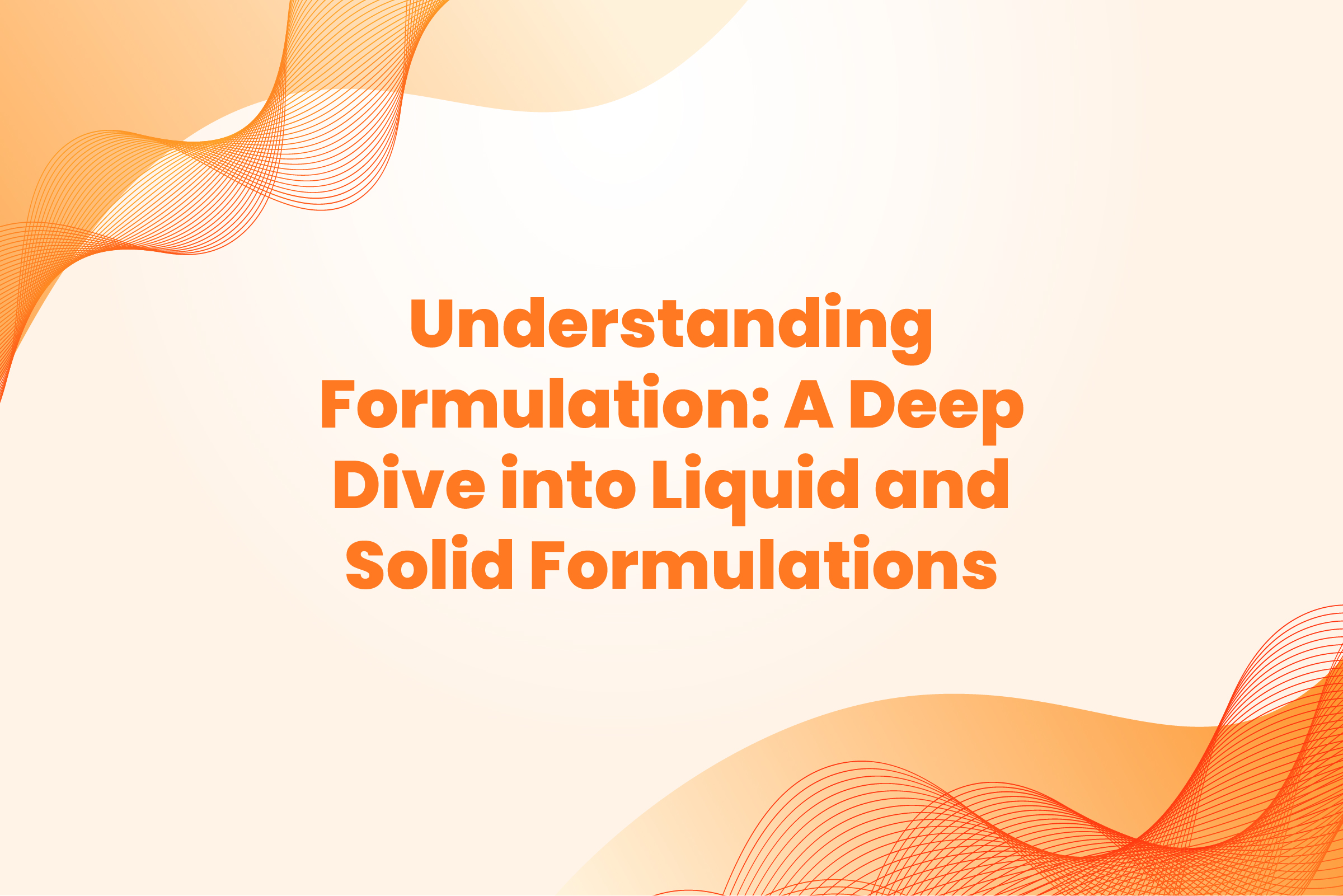Understanding Formulation: A Deep Dive into Liquid and Solid Formulations
Formulation is a critical process in various industries, including pharmaceuticals, agrochemicals, cosmetics, and more. It involves combining different chemical substances, including the active ingredient, to produce a final product. This blog post will explore the types of formulations in the liquid and solid states and discuss how companies like JT Grosvenor can thrive in meeting business formulation needs.
Liquid Formulations
Liquid formulations combine the drug product with various compounds to ensure a stable active medication following storage. The three main types of liquid formulations are solutions, suspensions, and emulsions:
- Solutions: A solution is made by dissolving a substance in a liquid. A true solution is a mixture that cannot be separated by a filter or other mechanical means.
- Suspensions: Suspensions are a heterogeneous mixture in which solute-like particles settle out of a solvent-like phase some time after their introduction.
- Emulsions: Emulsions are a type of mixture that consists of two immiscible liquids, one of which is dispersed in the other in the form of microscopic droplets.
These formulations often include solubilizers, stabilizers, buffers, tonicity modifiers, bulking agents, viscosity enhancers/reducers, surfactants, chelating agents, and adjuvants.
Solid Formulations
Solid formulations are the most commonly used dosage form due to their stability and ease of mass production. They include:
- Tablets: Tablets are compressed solid dosage forms containing therapeutic active ingredients and excipients.
- Capsules: Capsules are solid dosage forms where the therapeutic active ingredient granules are enclosed within a hard or soft soluble shell.
- Granules: Granules are solid dosage forms made up of agglomeration of smaller particles of powders3.
- Sachets: Sachets are solid dosage forms containing therapeutic ingredients. Small size spherical granules packed into a small bag or pouch packet.
- Lozenges: Lozenges are the solid dosage form that dissolves slowly into the mouth. Lozenges contain a drug along with flavouring and sweetening agents.
- Pills: Pills are small tablets containing excipients.
- Dry Powder Inhalers: Dry powder inhalers are devices that deliver medication to the lungs in the form of a dry powder.
- Chewable: Chewable are the solid dosage form that is intended to be chewed before swallowing.
JT Grosvenor: Thriving in Business Formulation Needs
JT Grosvenor, a UK-based formulation plant, has a rich history in the production of chemicals and plant protection products. The company’s expertise ranges from formulating effective end-use products, tailoring manufacturing to match customers’ needs, to providing effective and reliable packaging solutions4.
JT Grosvenor’s dynamic approach to manufacturing sets it apart. The company has an internal demand for innovation, ensuring that it meets its customers’ market needs. It offers a wide range of solutions for the packaging of liquid and solid formulations in various materials and sizes.
Moreover, JT Grosvenor operates under a systematic method of manufacturing, incorporating LEAN manufacturing to streamline and improve its processes continuously. This approach allows JT Grosvenor to provide premium customer products and exclusive, confidential customer service, making it an ideal choice for all formulation requirements4.
In conclusion, understanding the types of formulations and the specific needs of businesses like JT Grosvenor is crucial in the formulation industry. By continuously innovating and adapting to the market needs, companies can thrive and deliver high-quality products to their customers.

